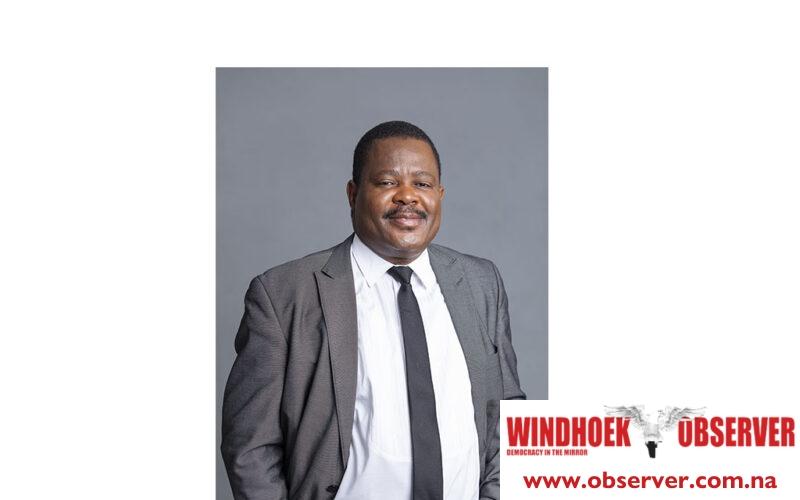Observer Money (OM): Recently, the Electricity Control Board (ECB) said Namibia needs a power plant for base load generation. What would be the ideal capacity in the eyes of the ECB?
Robert Kahimise (RK): The ideal capacity of a base load power plant based on the current developments can be like the following: Baines Hydro Power Plant (300-400 MW) as a long-term solution, an allocation of 200 MW to BW Kudu in line with the cabinet directive to offer base load power in the short to medium term, with a load profile in accordance with both the expiry of import contracts and existing and committed RE plants as well as the completion of Baines. Tariffs must be below the current import average tariff. An allocation of 200-300 MW of technology-agnostic power to be procured competitively in the market to offer base load power in the short to medium term, with a load profile in accordance with both the expiry of import contracts and existing and committed renewable energy plants as well as the completion of Baines. Again, tariffs must be below the current import average tariff.
OM: What are some of the large power generation projects that the ECB has licensed?
RK: The list of generation licences that the ECB issued that are more than 100 MW includes Nathaniel Maxuilili Power Plant, a gas-fired plant with a capacity of 586 MW; Schonau Solar Energy, with a capacity of about 125 MW; Galen Energy, a solar plant with a capacity of 178 MW; Gerus Solar One, with a capacity of 119 MW; Eenghono Power, a solar plant with a capacity of 100 MW; and OLC Solar Energy, with a capacity of 100 MW.
OM: What is the current power supply generation in SAPP/SADC?
RK: The total installed power capacity in SADC is 84 GW, with about 56 MIN operating capacity, while peak demand is 55 GW. In terms of the regional energy mix, coal makes up 59% of electricity generation, hydropower makes up 24%, renewable energy (solar and wind) is around 9% and 8% belongs to other technologies (nuclear, gas-to-power, heavy fuel oil, etc.). Although the region has higher installed power capacity than peak demand, energy security remains a challenge primarily due to ageing generation infrastructure, limited interconnectors and in recent times, drought and the worsening effects of climate change.
OM: Apart from NamPower, are there other companies that have shown interest in setting up a base station?
RK: The only two companies that have so far shown interest in the development of baseload power plants are Nathaniel Maxuilili Power Plant (Pty) Ltd, which is licensed for 586 MW, and BW Kudu Limited, whose application for 420 MW is under consideration. Both developers intend to build gas-fired power plants.




